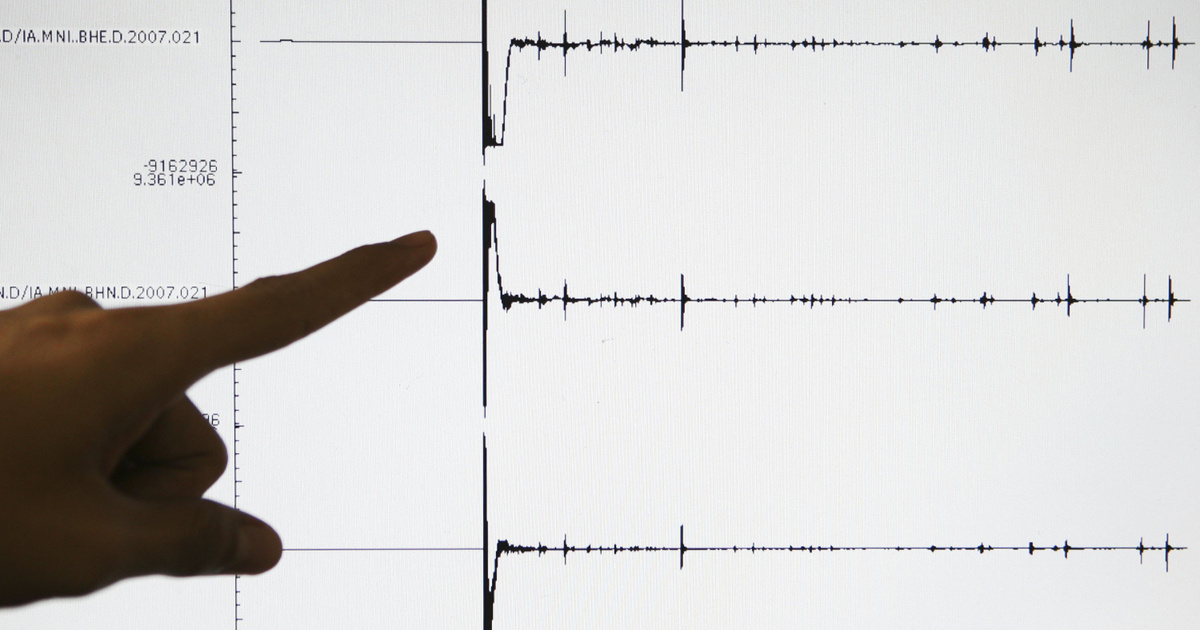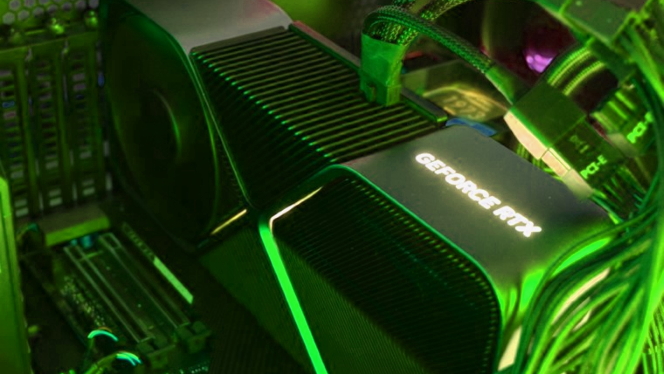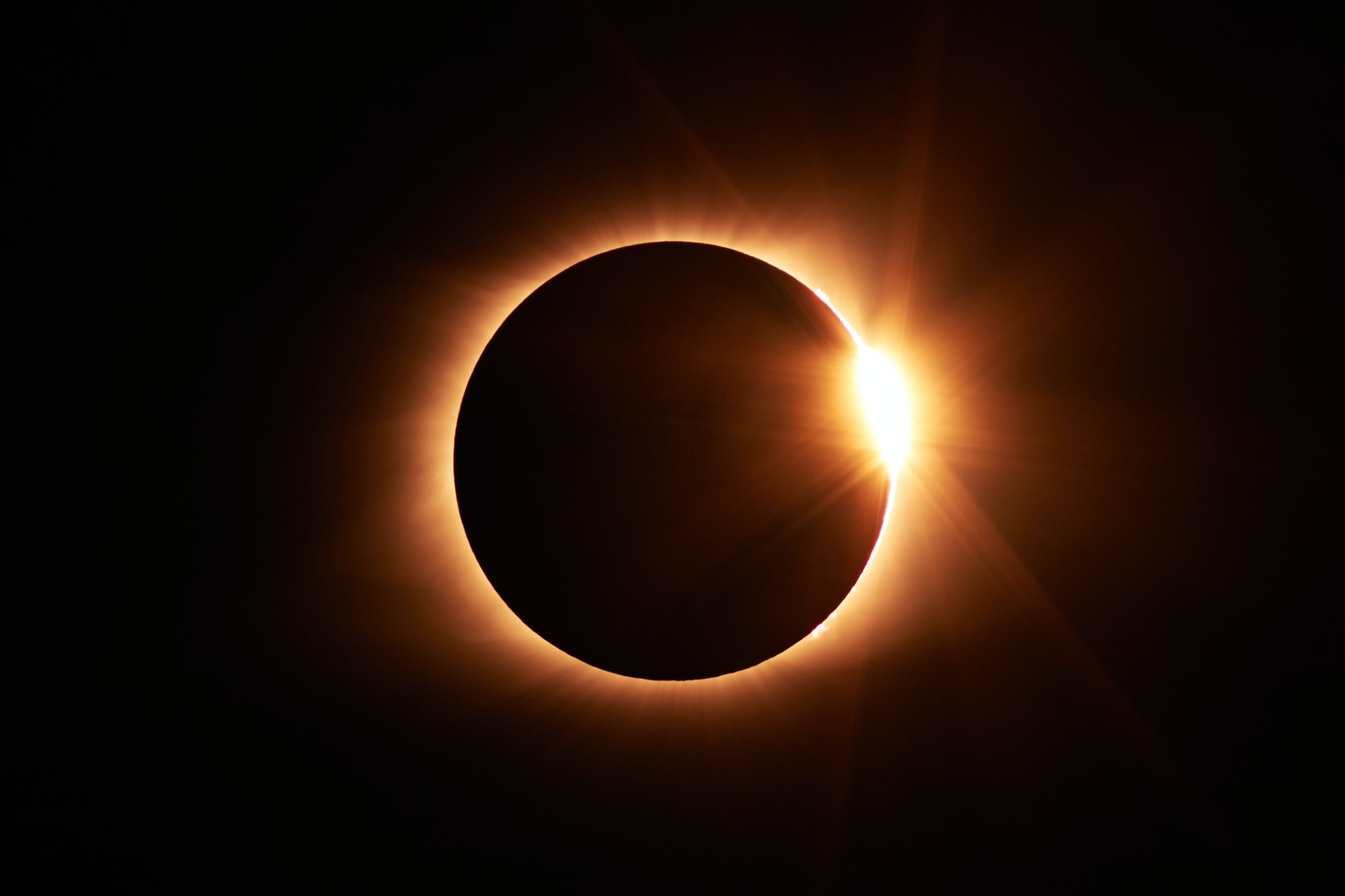NASA has discovered an Earth-like planet 40 light-years away that could be a promising candidate to host human life. The exoplanet, called Gliese-12b, is slightly smaller than our planet and has an estimated surface temperature of 107 degrees Fahrenheit (about 42 degrees Celsius) — assuming it has no atmosphere. Gliese-12b is located within the habitable zone. This is the distance from the star at which liquid water can exist on the surface of the planets orbiting it daily Mail.
Astronomers now plan to analyze Gliese-12b to see if it has an atmosphere similar to Earth, which could show whether the exoplanet can maintain the right temperature for water to form on its surface, a compound necessary for its maintenance. Gliese-12b has been described as the “closest Earth-sized temperate transient world to date” and plans to be better mapped in the future using NASA's $9.5 billion James Webb Space Telescope.
An international team of astronomers has narrowed down the location of Gliese-12b using NASA's TESS.
These discoveries are usually made using the “transit method,” when a planet passes in front of its star and its brightness decreases. As the exoplanet transits, the star's light passes through its atmosphere, absorbing some wavelengths that release gas molecules that can be detected by telescopes like James Webb's.
The research team found that Gliese-12b orbits much closer to Earth, meaning that it crosses its cool red dwarf star, Gliese-12, more often, completing one orbit every 12.8 days.
“Gliese-12b is one of the best targets to study whether Earth-sized planets orbiting cool stars can retain their atmospheres, an essential step toward better understanding the habitability of planets in our galaxy,” said Shishir Dholakia of the University of Southern Hungary. Queensland in Australia. PhD student at the Center for Astrophysics.
The distance between the exoplanet and its dwarf star is only seven percent of the distance between Earth and the Sun, which provides it with 1.6 times more energy. However, Gliese-12b's habitability depends on whether it has the same type of atmosphere as Earth, so its temperature is closer to our planet's average of 59 degrees Fahrenheit (15 degrees Celsius).
Atmospheres trap heat and can significantly change the actual surface temperature, depending on the type. We quote the “equilibrium temperature” of a planet, which is the temperature the planet would reach if it did not have an atmosphere.
Dholakia explained.
Now is it Earth or Venus?
The research team compared Gliese-12b to Venus, reporting that it is about the same size and receives slightly less energy than its star — about 85 percent. However, because Venus had no atmosphere to block the sun's harmful rays, it developed a greenhouse effect and temperatures reached 752 °F (400 °C).
“The Earth is habitable, but Venus is not because it is completely devoid of water,” said Larissa Palethorpe, a doctoral student at the University of Edinburgh and University College London. “Because Gliese-12b's temperature is between that of Earth and Venus, its atmosphere can teach us a lot about how planets evolve to become habitable,” he added.
An important factor in understanding whether an exoplanet is habitable is the level of storms emanating from its star. Red dwarf stars are usually magnetically active, causing them to emit frequent bursts of X-rays that can destroy the atmosphere. However, the teams are very optimistic that this is not the case, as the star Gliese-12b has not shown any signs of severe storms or behavior.
Astronomers have already discovered nearly 5,000 such planets, but estimates suggest there may be more than a trillion exoplanets in the Milky Way alone, and so far only a few are thought to have the environments necessary to support life.
“We only know of a few temperate Earth-like planets that are close enough to us that meet the other criteria for this type of study,” said Michael McElwain, an astrophysicist at NASA's Goddard Space Flight Center and co-author of the study. GLES-12B study.
“In order to better understand the diversity of atmospheres and evolutionary consequences of such planets, we need more examples like Gliese-12b,” he added.














































